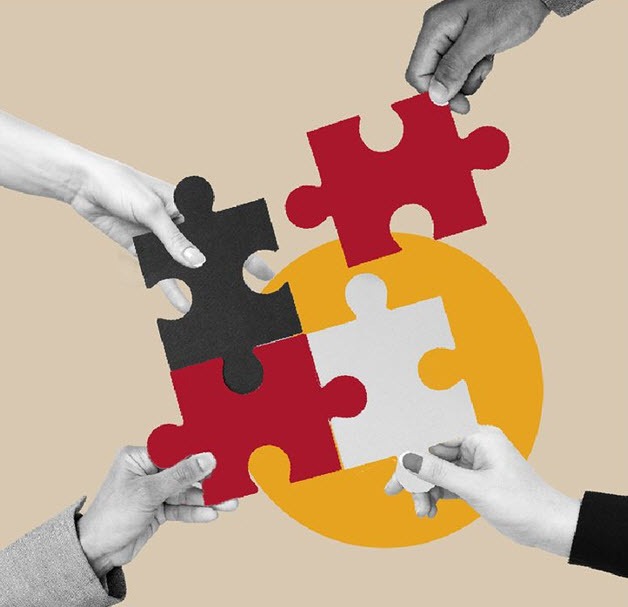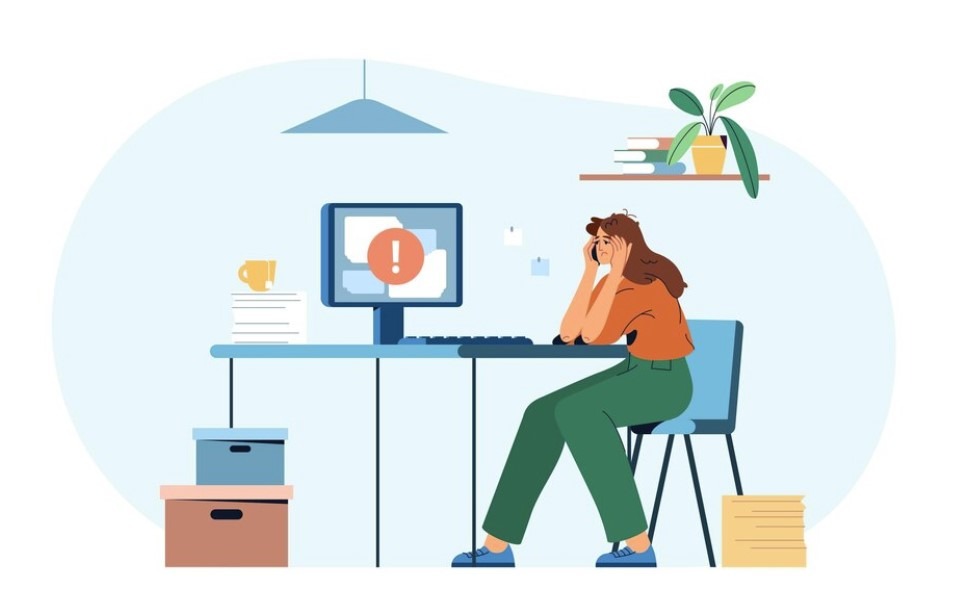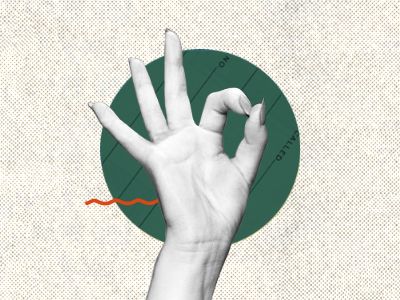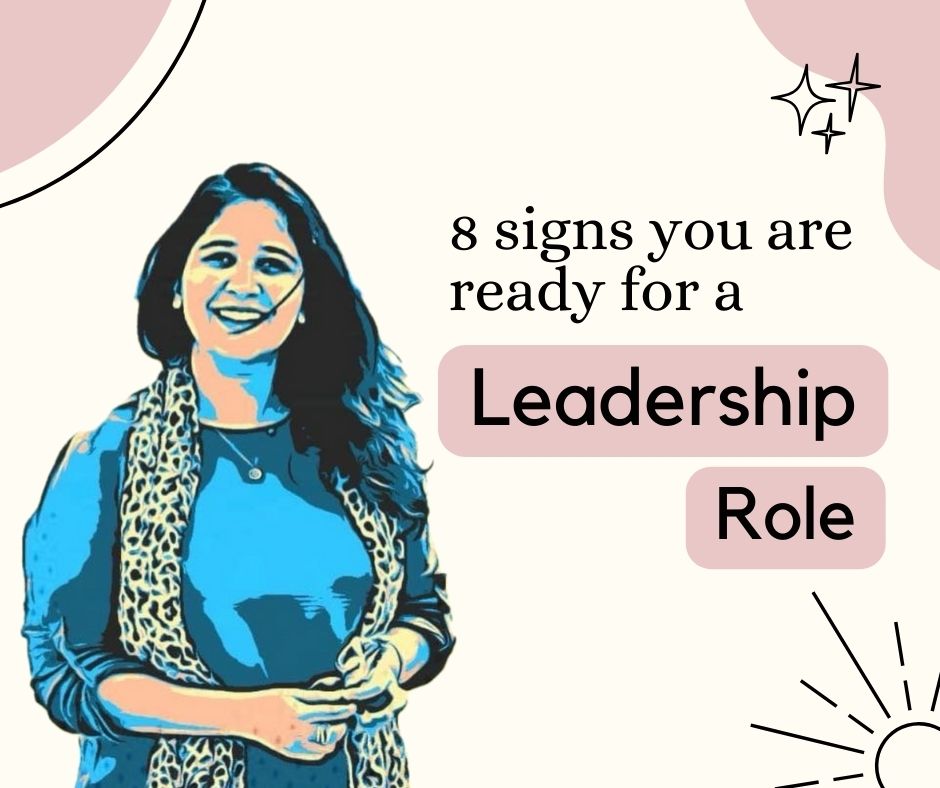
Pakistan, like many other countries, grapples with a persistent professional gender gap. This prevailing gender gap greatly hampers women’s participation and advancement in the workforce.
Despite significant strides in recent years, women in Pakistan still face challenges such as limited access to education, cultural biases, and workplace discrimination.
This article explores the key issues surrounding the gender gap in Pakistan and suggests practical steps to bridge this divide.
Current Landscape of Women Workforce in Pakistan:
According to recent statistics from Google, women in Pakistan continue to be underrepresented in various professional sectors, painting a stark picture of the persistent gender gap. In STEM fields, which encompass Science, Technology, Engineering, and Mathematics, the workforce is notably imbalanced, with women forming only a fraction of the sector.
The glaring disparity underscores the urgent need for strategic interventions to dismantle barriers and create more opportunities for women pursuing careers in these critical domains.
Additionally, the gender gap extends to business and leadership roles, where the numbers remain discouraging. The scarcity of women in leadership positions reflects a systemic issue that demands focused and sustained efforts to promote gender equality throughout all echelons of the professional landscape.
Steps to Bridge the Gap:
Notable steps are being taken by numerous women and men to bridge the gender gap and introduce more women in the workforce. Below are some of the best ways to ensure more inclusivity and diversity in the workforce.
Entrepreneurship Initiatives:
Encouraging and supporting women in entrepreneurial ventures can be a transformative strategy. Initiatives that promote entrepreneurship among women, providing funding, mentorship, and resources, can pave the way for a more diverse and robust business landscape. Empowering women to start and lead their own businesses not only contributes to economic growth but also challenges traditional gender roles.
Family-Friendly Policies:
Implementing family-friendly policies in workplaces is crucial to addressing the unique challenges women often face in balancing career and family responsibilities. Flexible work hours, parental leave, and childcare support can create an environment where women can thrive professionally without compromising their roles as caregivers. These policies not only benefit women but also contribute to a more inclusive and supportive workplace culture.
STEM Outreach and Awareness:
To bridge the gender gap in STEM fields, targeted outreach and awareness programs are essential. Encouraging girls from a young age to explore STEM subjects, showcasing successful women in these fields, and providing hands-on experiences can inspire a new generation of female scientists, engineers, and technologists. Such initiatives play a pivotal role in dismantling stereotypes and fostering a more inclusive STEM community.
Equal Pay Advocacy:
Addressing the wage gap is a crucial component of achieving gender equality in the professional sphere. Advocating for equal pay for equal work is essential to rectifying systemic disparities. Companies should conduct regular pay equity audits, ensuring that women receive fair compensation for their contributions. Public awareness campaigns can also contribute to shifting societal norms and expectations around gender and income.
Technology Accessibility and Literacy:
Promoting technology accessibility and literacy among women is vital in today’s digital age. Bridging the digital divide and ensuring women have equal access to technology can empower them with valuable skills for the modern workforce. Training programs and initiatives focused on enhancing digital literacy can open up new avenues for women, particularly in tech-related professions.
Cultural Sensitivity Training:
Addressing deep-rooted cultural biases is crucial for creating a truly inclusive professional environment. Cultural sensitivity training programs can raise awareness about unconscious biases, promote understanding, and create a more inclusive workplace culture. By fostering an environment that values diversity and respects different perspectives, organizations can create a more equitable space for women to thrive.
Incorporating these additional headings into the framework of education and skill development, workplace diversity programs, legislation and policy advocacy, and mentorship and networking opportunities provides a more comprehensive approach to bridging the professional gender gap. Recognizing that multiple factors contribute to this gap, a holistic strategy that encompasses various aspects of education, workplace culture, policies, and societal attitudes is essential for sustainable and meaningful change.
Women Working Towards Change
In addressing the persistent professional gender gap in Pakistan, several women are actively working towards inclusion and diversity. Many women are also leading charge in male dominant fields like Dr. Sarah Qureshi who is making strides aerospace engineering, Nigar Johar is Pakistan’s first woman three star general, and two-time Oscar winning filmmaker Sharmeen Obaid Chinoy who works on creating powerful social films that shed light on dark realities of the country.

Women in the professional sphere are making significant strides towards empowerment, breaking barriers and reshaping the landscape across various industries. Through leadership roles, entrepreneurial endeavors, and advocacy initiatives, these women contribute to fostering a more inclusive and equal work environment. Their dedication to empowering the next generation is evident in programs and initiatives aimed at equipping women with essential skills, challenging gender norms, and advocating for diversity. As mentors, leaders, and catalysts for change, these women play pivotal roles in inspiring others, dismantling stereotypes, and ensuring that women are not only present but thriving in the professional world. Their collective efforts create a ripple effect, fostering a culture of empowerment that extends beyond individual achievements to uplift entire communities.
Joining them are three more inspiring women: Ayesha Khan, an advocate for STEM education and opportunities for young girls; and Zainab Abbas, a sports journalist who breaks barriers in a traditionally male-dominated field. Together, these women exemplify the transformative impact of inclusive policies, mentorship programs, and skill development initiatives in dismantling barriers and fostering a more equitable professional environment for women in Pakistan.
Through their collective efforts among many others, these women exemplify the transformative impact of inclusive policies, mentorship programs, and skill development initiatives in dismantling barriers and fostering a more equitable professional environment for women in Pakistan.
Incorporating Inclusive Policies and Opportunities in Pakistan:
In tandem with efforts to bridge the professional gender gap, it is imperative to emphasize the empowerment of women leaders in Pakistan. Recognizing and nurturing the potential of women to take on leadership roles is a vital aspect of achieving true gender equality.
Women leaders in all fields , exemplify the transformative impact women can have when provided with the right opportunities. The call for inclusive policies resonates strongly here, advocating for measures that not only dismantle barriers hindering women’s progress but actively foster an environment where women can thrive as leaders.
Inclusive policies encompass initiatives such as mentorship programs, leadership training, and gender-sensitive workplace practices, all geared towards amplifying the voices of women and facilitating their ascent to influential positions. By championing women leaders and advocating for inclusive policies, Pakistan can harness the full potential of its female workforce, fostering a more balanced and dynamic professional landscape.





